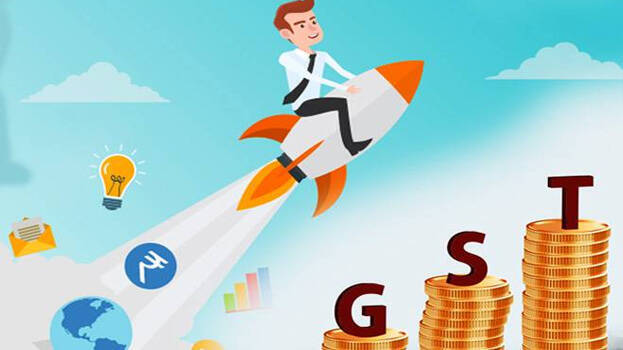

India which had been the most highly productive country in the world in the middle ages, by the time it gained independence from the colonial rule had become the poorest country also. This was the end result of a number of invasions and exploitation. It was from this foundation of poverty that the Indian economy was built up brick by brick. After gaining independence, India chose mixed economy as its path towards wealth creation. It was a mixture of the good aspects of both socialism and capitalism. Till the reforms in 1991, the economic reforms were mostly centralized. However, after this India chose to go global and liberal. Moreover, even before independence, there was a common consensus among the national leaders that the Indian economy should always be a planned economy. On March 15, 1950 the planning commission came into being and the first Five Year Plan was launched. From 1950 to 1991 the economic policy was one of license quota and permit raj. In 1991, India opted for a new economic polity giving importance to liberalization and privatization. The new economic reforms brought out by P V Narasimha Rao, the then prime minister and Dr Manmohan Singh, his finance minister, increased India's export and intensified India's prospects of earning more foreign money. However, a situation which affected an increase in foreign remittance also emerged. In the nineties the IMF and the World Bank supported this change of policy.
At the time of gaining independence, the Indian economy, like most other countries was an agricultural economy. Even after gaining independence the agricultural sector is the most important labour provider. 49% percent of the total work force still depend on farming and agriculture. The new agricultural reforms and plans brought in by the government to enrich the agricultural sector and level the inequality will surely lead to the prosperity of the agriculture sector which represent half of India economy and stabilize the economy. The new rules and regulations implemented by Narendra Modi government is expected to lead the Indian agricultural sector in the path of progress.
In 2008 and 2013, when the economic slump smothered the world economy, India, a developing country didn't suffer much. It survived. Moreover, India joined the lead of the powerful nations. As Covid became a challenge for the world economy recently and ruined it to large extent, its tremors naturally had its toll on Indian economy also. The observers of world economy had predicted a bad weather for India too. Justifying that prophesy, there had been a backlash in production, However, as the unlocking phase has started, and new economic policies are put in place, there is good news from the markets that the Indian economy is now up and about. The Reserve Bank of India and the government are of the opinion that the Indian economy is making a comeback. Some in the corporate sectors and other rating agencies also endorse this opinion.
The GST income, industrial production, foreign investment and such aspects of economy show a positive sign. The export in such countries like France, Germany, Italy, and England has been affected by the second wave of Covid. But in India, signalling the coming of better days, in November 2020 itself there has been an increase in export. Some of the monetary steps taken by the Reserve Bank of India has also given a fillip to the economy.
The drought the world economy faced at the beginning of this century is nothing compared to what it is going through now. Still, it is heart-warming to see a season of spring in Indian economy. India is a land where miracles still happen.